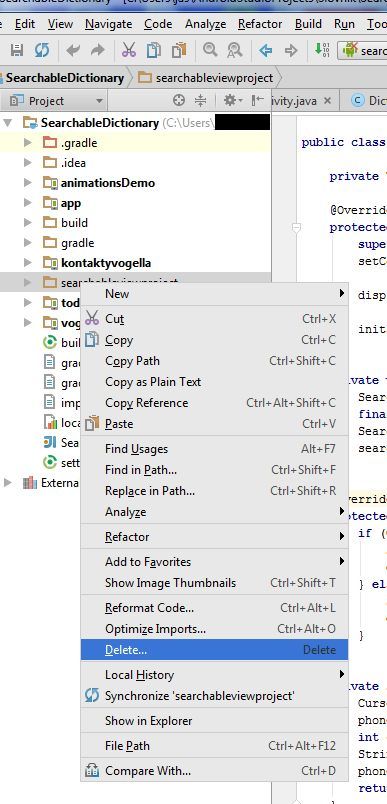
The client confirms the payment, and your server monitors webhooks to detect when the payment successfully completes or fails. It describes how to create a PaymentIntent on the server and pass its client secret to the client instead of passing the entire PaymentIntent object.

To get started, see the accept a payment guide. The PaymentIntent encapsulates details about the transaction, such as the supported payment methods, the amount to collect, and the desired currency. Each PaymentIntent typically correlates with a single shopping cart or customer session in your application. These APIs help you handle dynamic payments (for example, additional authentication like 3D Secure) and prepare you for expansion to other countries while allowing you to support new regulations and regional payment methods.īuilding an integration with the Payment Intents API involves two actions: creating and confirming a PaymentIntent. Use the Payment Intents API together with the Setup Intents and Payment Methods APIs. Support for Strong Customer Authentication (SCA) and similar regulatory changes.

Some of the advantages of using the Payment Intents API include:
/userfiles/images/CM-30.jpg)
It tracks a payment from creation through checkout, and triggers additional authentication steps when required. Use the Payment Intents API to build an integration that can handle complex payment flows.


 0 kommentar(er)
0 kommentar(er)
